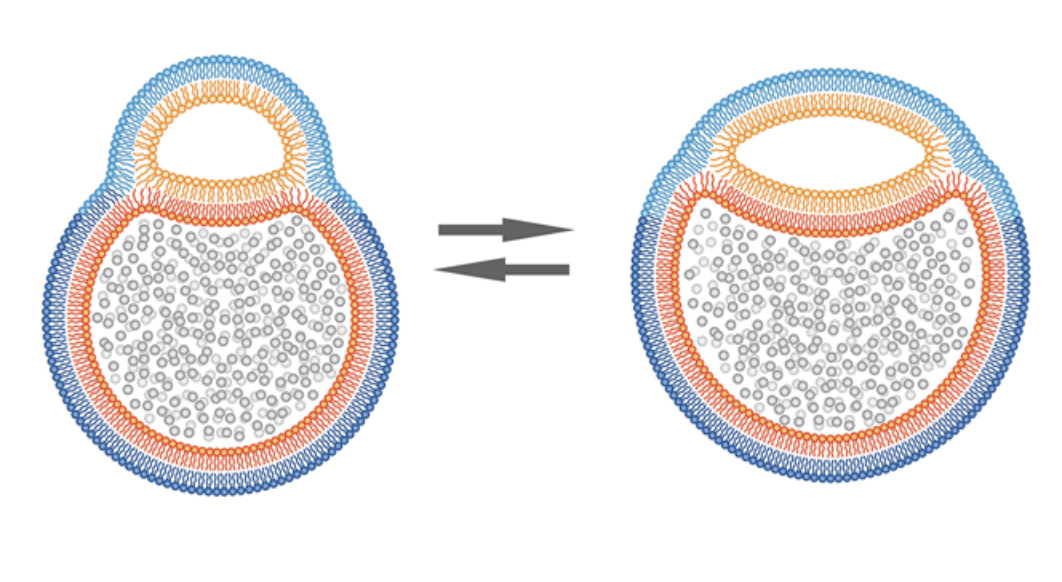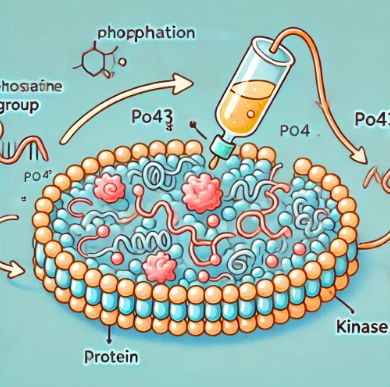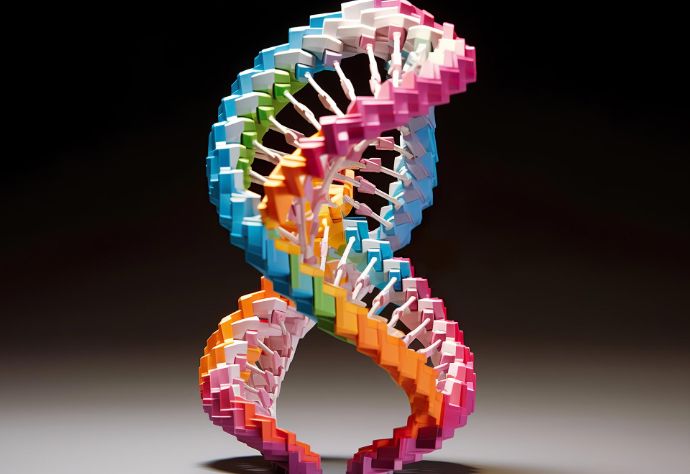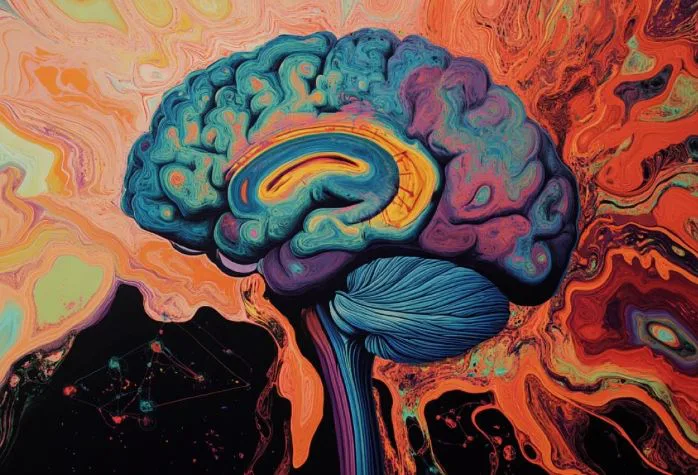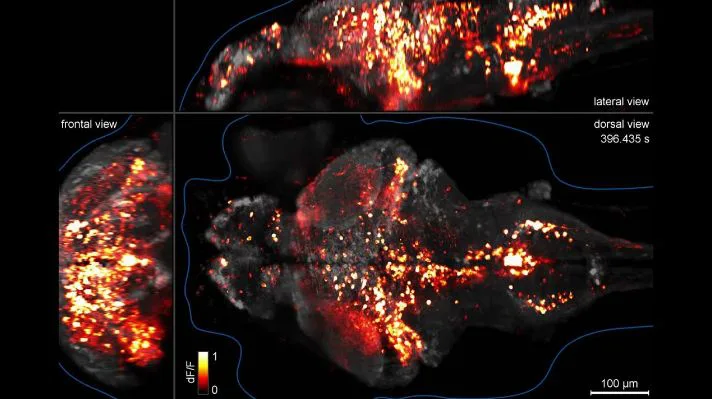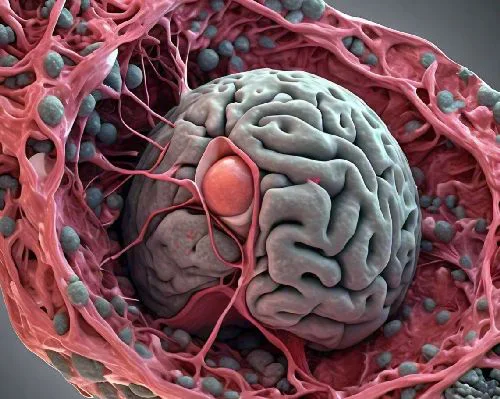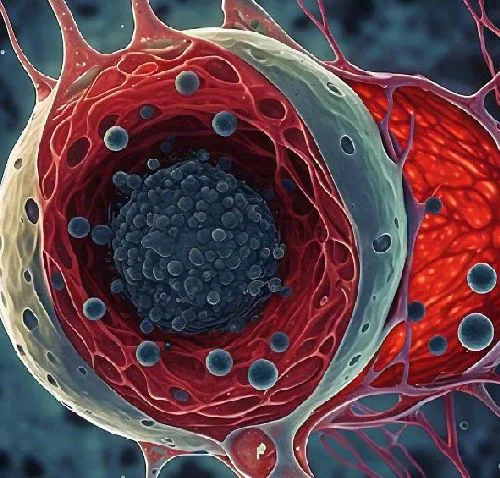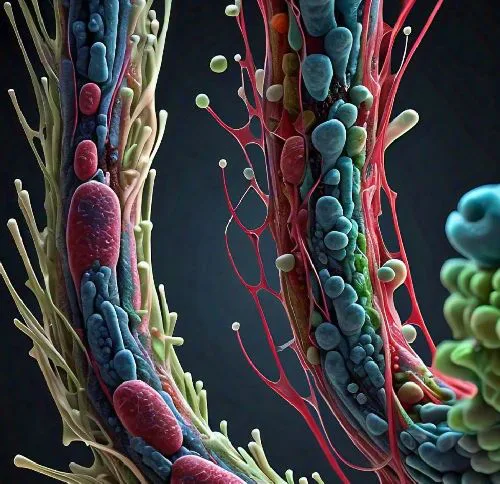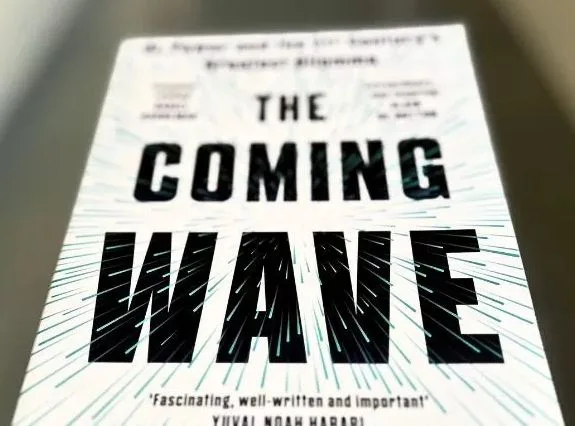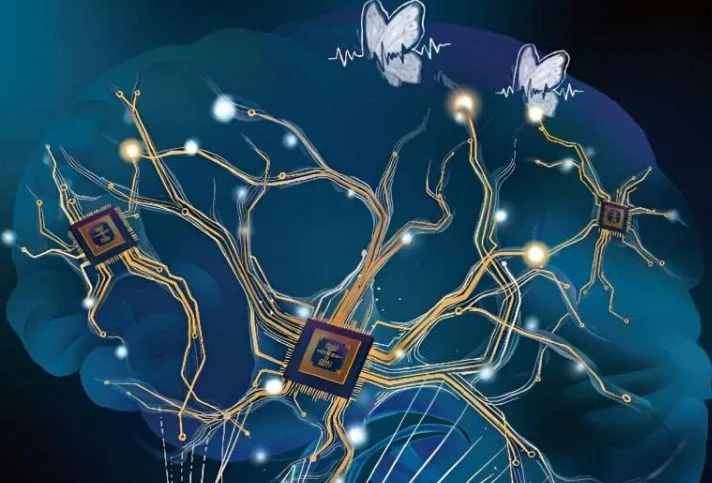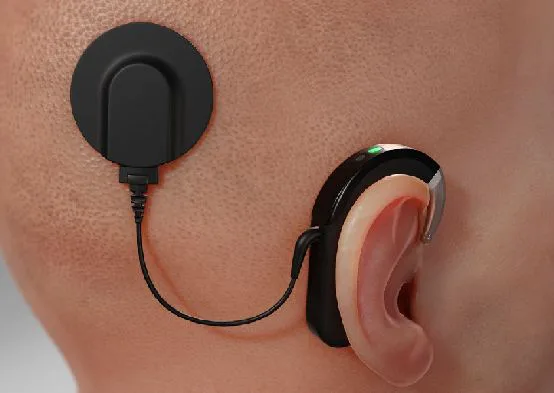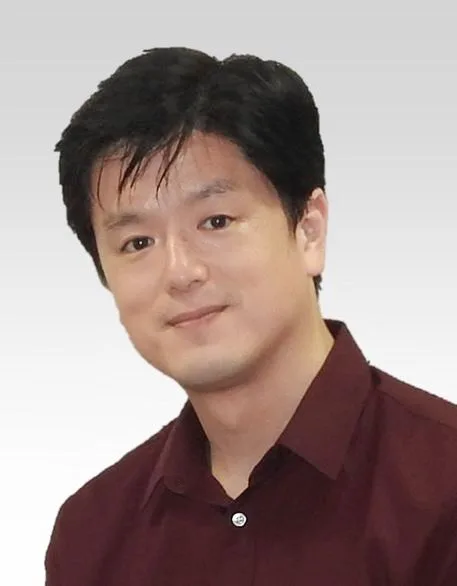In a breakthrough discovery, a new thing in cell biology called a hemifusome has come to light. It showed up when researchers used cryo-electron tomography (cryo-ET), it’s one of the ways to take super-detailed 3D images of cells while they’re still in a fairly natural state. Unlike traditional electron microscopy, which involves a lot of processing that can mess with delicate structures, cryo-ET keeps things closer to how they actually are in living cells. It was Dr. Seham Ebrahim and her team who used this method to uncover hemifusomes in…
Read MoreTag: biotechnology
From Spice to Silicon: The AI and Biotech Dilemma
I am a huge science fiction nerd and I see this genre as a window, a blueprint for the future. Since, it often imagines advanced tech, societal change, socio-economic possibilities, medicine, space exploration, even philosophy and ethics, before they become reality.
Read MoreSynthetic Phosphorylation Networks: A Breakthrough in Cell Signaling
Bioengineers at Rice University have developed an innovative technique for creating custom sense-and-respond circuits in human cells. This innovation could be a game changer for conditions like autoimmune disease and cancer. What is custom sense-and-respond circuits in human cells? It is an interesting mechanism where cells pick up particular signals from its outside environment and react in a certain manner. It can be compared to personalized tools that can empower us to finely tune how cells behave.
Read MoreDNA Origami: Tiny Toolkit for Big Innovations
Super interesting research about DNA has lately surfaced. The blue print of life is not only a research material for biology but now, it is also utilized for building tiny robots! Doesn’t it sound futuristic? With a groundbreaking technique called DNA Origami, scientists at The University of Sidney are turning this sci-fi feat into a reality.
Read MorePsychedelics Stimulate Hippocampal Cells to Alleviate Anxiety
When I first read “DMT: The Spirit Molecule” by Dr. Rick Strassman, I thought developing psychedelic inspired drugs without any “hallucinating” side-effects to cure anxiety related problems could be a game changer. Interestingly, I came across research by Cornell University, where researchers did come up with psychedelics to excite cells in hippocampus to reduce anxiety.
Read MoreWHaloCaMP Biosensor: Real-Time Insights into Animal Physiology
Researchers at the Janelia group created an innovative way for engineered protein biosensors & bright, fluorescent Janelia Fluor (JF) dyes to work together. Aim of the new biosensor is to measure physiological signals in live animals. The revolutionary sensor, WHaloCaMP, can track multiple physiological signals in live animals, unlike its previous version. And when it comes to illumination, the detector can emit bright far-red light. This light can penetrate deeper into tissues than the other (existing) wavelengths.
Read MoreNew Pathway Discovery: Could Block Glioblastoma Spread
An international team of researchers from the academia of Canada and the U.S., has uncovered a new way that cancer cells use to invade the brain. Interestingly, the research team led by the Singh Lab at McMaster University has also found a new therapy that looks promising for blocking and killing these tumors.
Read MoreCAMs: Key Players in Modulating Post-Stroke Immune Responses
When a blood clot blocks an artery, it leads to an ischemic stroke. The blockage or ischemic stroke prevents blood and oxygen from reaching areas of the brain. This gives rise to one of the following symptoms: According to the statistics, the older one gets, the higher the risk of experiencing ischemic strokes. Although, neuroscience has helped us understand what happens in the body during a stroke. However, we have no idea how the immune system helps with recovery after a stroke.
Read MoreProtein FAM110A’s Role in Cell Division Unveiled: Microtubule-Actin Interaction During Mitosis
An international research collaboration led by Prof. Dr. Robert Grosse, Dr. Libor Macurek, and Dr. Zdenek Lansky has uncovered a new mechanism of crosstalk between microtubules and the actin cytoskeleton during cell division. They revealed unique characteristics of the previously unexplored protein FAM110A, enhancing understanding of critical processes related to developmental disorders and cancer.
Read MoreBook Review: The Coming Wave by Mustafa Suleyman
The Coming Wave: Technology, Power, and the 21st Century’s Greatest Dilemma is written by Mustafa Suleyman along with the researcher Michael Bhaskar in 2023. Before reviewing the book, I’d like to mention Suleyman views that I came across in one of his interviews with The Guardian. The following lines cover almost everything that is mentioned in the book – The Coming Wave.
Read MoreBrain-like Artificial System: Dendristor to Mimic Brain’s Dendritic Computations
As artificial intelligence (AI) technology is expanding its tentacles rapidly across globe, engineers around the world are designing new types of computer architectures and hardware. One interesting aspect of most brain-inspired technologies developed so far is that researchers focus on mimicking how neurons fire (i.e., send electrical signals) rather than replicating the entire structure of the brain.
Read MoreUmboMic Revolutionizes Cochlear Implants with PVDF Technology
What if a microphone, which is fabricated from a flexible material can be placed inside our ear, to be more specific, directly on the eardrum? This biocompatible sensor will pick up sounds and sends them to a tiny amplifier, which makes the sounds loud enough to be processed by a cochlear implant. Doesn’t it sound like a boon for those who are deaf or hard of hearing?
Read MoreInterview: Dr. Laura E. Newman, a Cell Biologist at the University of Virginia School of Medicine, US
Meet Dr. Laura E. Newman, an Assistant Professor in the Department of Cell Biology at the University of Virginia School of Medicine, United States. Her research delves into the intriguing role of mitochondria—these tiny powerhouses that were once ancient bacteria now living inside our cells—as crucial regulators of cellular signaling.
Read MoreInterview: Dr. Shoji Takeuchi, a Biohybrid Systems Scientist at The University of Tokyo, Japan
Welcome to our chat with Dr. Shoji Takeuchi, a Biohybrid Systems Scientist rocking it at The University of Tokyo. Dr. Takeuchi’s research covers a bunch of cool stuff like Biohybrid Systems, MEMS, Microfluidics, Tissue Engineering, and Artificial Cell Membrane. Basically, he’s all about blending biology and tech to create awesome bio-hybrid systems.
Read MoreArtificial Life: Researchers Forge New Building Blocks
Researchers at the University of Cologne (UoC) have achieved a groundbreaking milestone by creating artificial nucleotides. Nucleotides forms the building blocks of DNA. So, if we go by the research, the innovative development will make way for potential advancements in genetic engineering as well as molecular biology.
Read More
